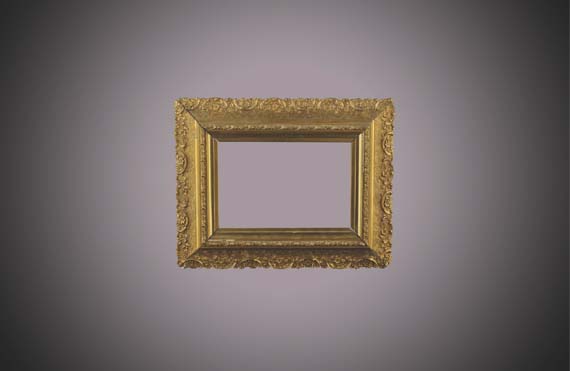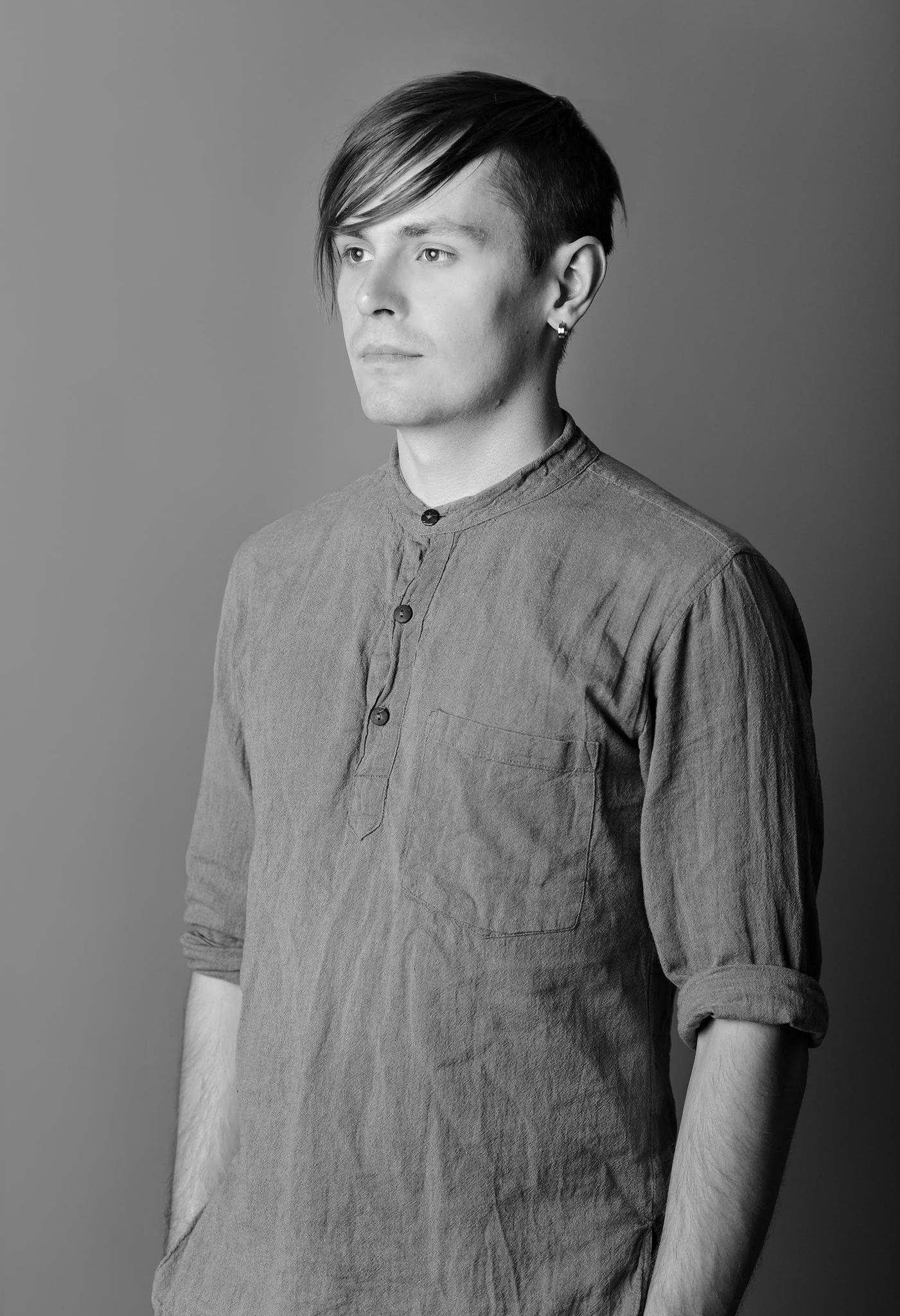Discussion ‘To Collect or to Hoard?’
02.06.2022. 18:00Collecting in general, and collecting works of art in particular, has been as a way to preserve valuable artworks for future generations since the Renaissance. Although art collection is mostly seen as being an elitist practice related predominantly to the patronage of the arts, the activities of state art institutions, or the collections of private foundations, collection can take on a variety of forms and have different motivations. In her book Museums, Objects, and Collections (1992), researcher Susan M. Pearce analyses collection practices and identifies sixteen different motivations, ranging from individual aesthetic taste to attempts to attain immortality and thus to create a certain identity, or a representation of self-identity.
Recently in Latvia, there have been various discussions about the experiences and practices of institutional and individual, or private collectors. These discussions have brought to light the question of what happens to a work of art once it becomes a part of a collection. At the same time, the rapid development of technology and the ways in which technology has entered the field of visual arts (both regarding the digitalisation of works of art and as digital art) affects the perception and representation of works. It is possible that this will also change current collection habits and possibilities. For example, non-fungible tokens (NFTs), which provide the opportunity to buy and sell digital artwork, were widely talked about in the media last year. Proponents of blockchain argue that NFTs could potentially create a future in which physical works of art are replaced with digital copies. Consequently, this phenomenon raises the question of how the development of technology will affect art and the practice of collecting.
The discussion “To Collect or to Hoard?” focuses on the practices and experiences of art collecting in Latvia and will try to find solutions to different forms and methods of collecting, preservation, and interpretation. It will also look at the impact that future technologies may have and the opportunities they could offer. If collections are created to identify and preserve the tangible and intangible culture of the recent past and present, what criteria are used to determine what will have historical significance in the future? During the discussion, participants will attempt to establish what happens to works of art once they enter a private or institutional collection.
Entrance fee: 50 % off price. Language: Latvian. At the event sign-language interpreter will be present.
Participants: Andrejs Strokins (LV), Astrīda Rogule (LV), Pēteris Bankovskis (LV), Māris Vītols (LV), Vita Liberte (LV), Raivis Sīmansons (LV)
Curator: Agnese Zviedre (LV)
Image: Publicity photo by Agnese Zviedre




